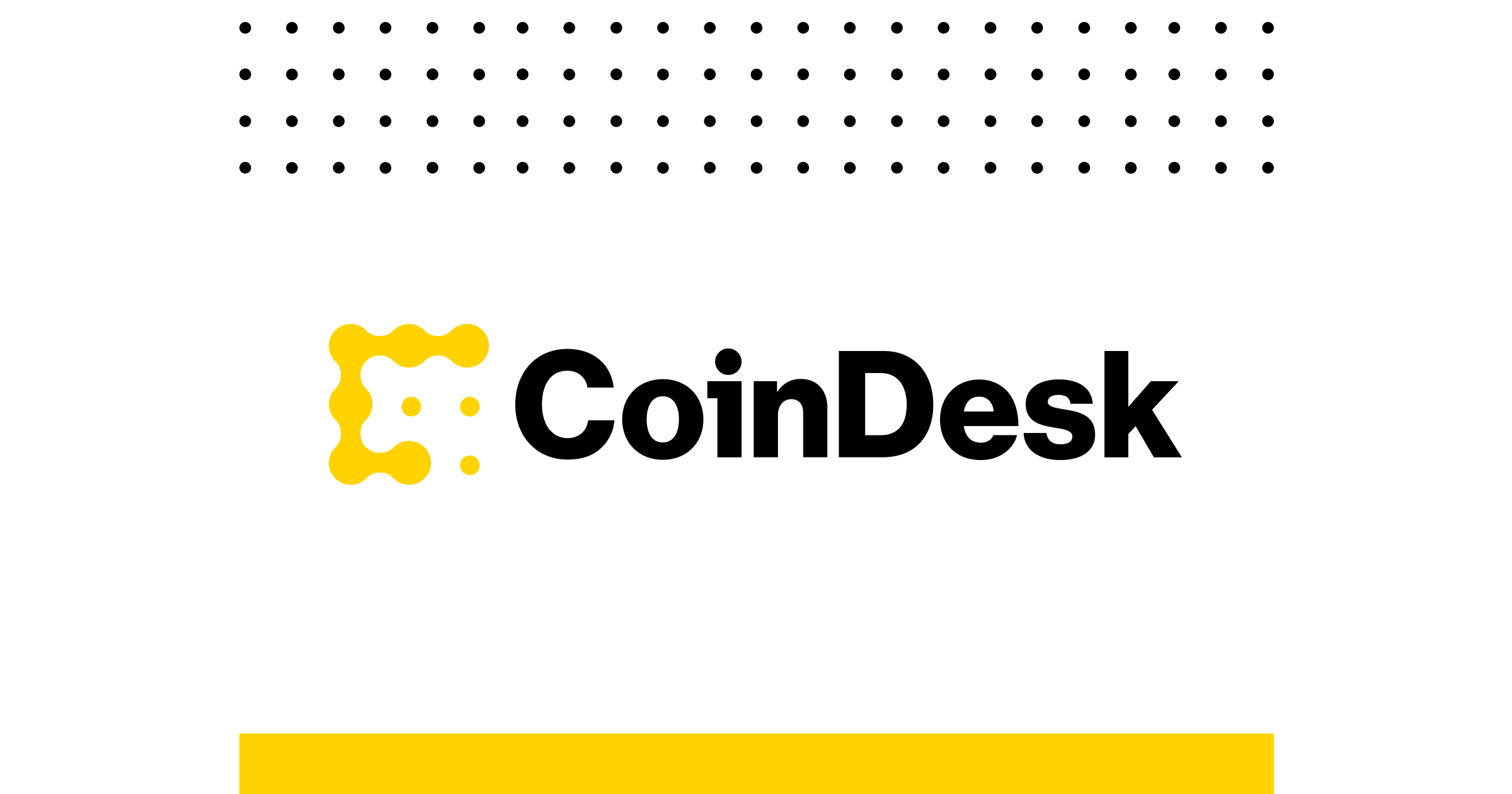Not a Meme! DePIN Can Take Crypto Mainstream


In a departure from the hype-driven crypto market, DePIN promises a substantial shift towards practicality and real-world value. Tom Trowbridge of Fluence Network highlights how DePIN leverages blockchain to establish concrete services, attracting institutional interest through its revenue-focused approach.
DePIN diverges from conventional crypto ventures by prioritizing tangible infrastructure and revenue streams over speculative activities. Through employing blockchain for actual services, it garners attention from serious investors. By implementing a buy-and-burn strategy that reduces token supply, DePIN lays the groundwork for potential long-term price stability and appreciation.
The prevailing crypto landscape has long been dominated by speculation, where fleeting trends and excitement dictate investment choices. However, with its emphasis on creating authentic businesses backed by real income streams, DePIN offers a refreshing departure from this norm. Building on robust token economics, DePIN sets out to redefine the fundamentals in the crypto sphere and create sustained value.
By focusing on physical infrastructure networks grounded in genuine demand rather than mere speculation, DePIN is ushering in a new era for cryptocurrency—a shift towards maturity and sustainable growth based on revenue-generating models.
Not a Meme! DePIN Can Take Crypto Mainstream
Using blockchain technology to support real-world infrastructure, DePIN creates tangible value and generates real revenue, says Fluence Network’s Tom Trowbridge.
- DePIN aims to transform the crypto industry by focusing on real-world infrastructure and revenue generation rather than speculation.
- Unlike traditional crypto projects, DePIN uses blockchain technology to support tangible services, attracting institutional investors.
- The buy-and-burn model in DePIN projects reduces token supply, potentially driving long-term price appreciation and stability.
Moving away from the reliance on hype that has characterized many blockchain projects, DePIN is pioneering a more stable ecosystem built around actual customer interactions and revenue generation. As it continues to attract increasing revenues, institutional investors are likely to take notice of its sustainable model compared to the volatile nature of hype-driven projects.
One key feature setting DePIN apart is its innovative buy-and-burn mechanism that aids in reducing token supply over time without depending solely on new buyers for value appreciation. This strategic move helps fortify token ecosystems against market fluctuations while potentially fostering price stability in the long run—a stark contrast to the usual crypto dynamics.
To facilitate widespread adoption amidst concerns about crypto volatility, DePIN projects are integrating fiat payment options and stablecoin rewards. These measures aim to enhance user engagement with decentralized services by simplifying interactions for individuals without prior experience in cryptocurrencies or Web3 platforms.

From Hype to Revenue-Driven Models
As governance structures within DePIN projects evolve towards decentralization, mechanisms like staking play an essential role in ensuring accountability among service providers while enhancing network security. By aligning incentives across all stakeholders through various approaches like distributing network revenue to token stakers or utilizing staking as collateral for reliability guarantees, projects like Filecoin and Fluence are setting examples for sustainable growth within decentralized networks.
With its focus on transparency, sustainability, and lasting value creation rather than fleeting hype cycles common in meme coins, DePIN stands as a beacon of change within the blockchain industry—laying down roots for durable decentralized infrastructure that can stand toe-to-toe with centralized entities based on utility rather than speculation.
Tom Trowbridge's leadership at Fluence underscores his commitment to driving Web3 innovation through projects like DePIN that prioritize real-world impact over short-term gains. With an extensive background spanning finance and technology ventures at prestigious institutions like Goldman Sachs coupled with his active involvement in numerous Web3 initiatives, Trowbridge brings a wealth of expertise to spearhead this transformative endeavor toward sustainable blockchain economies.
This approach is in stark contrast to most of crypto which relies on new buyers to sustain and grow their value.The buy-and-burn model ensures that as DePIN businesses grow and generate more revenue, their token ecosystems become more resilient to market fluctuations. Some DePIN tokens are already demonstrating this by decoupling from broader crypto market trends, proving that real-world adoption can lead to price stability and long-term investor confidence.
Aligning Incentives for Sustainable Growth
Another challenge is customer adoption. Many businesses and consumers remain concerned due to crypto’s volatility. To address this, DePIN projects are introducing fiat payment options and stablecoin rewards, making it easier for everyday users to interact with these decentralized services without needing prior crypto or Web3 experience.
For DePIN to succeed, its incentive structures must be designed to keep all stakeholders — providers, users, and investors aligned. One way to achieve alignment is through staking mechanisms, especially in cloud-based networks where service providers lock up tokens as collateral to guarantee reliability. Projects like Filecoin and Fluence already use this approach, ensuring accountability while strengthening network security. Others, such as Render and Livepeer, take a different route by distributing a share of network revenue to token stakers, creating a system similar to dividends that rewards long-term commitment.

Governance will also be critical as DePIN projects decentralize. To prevent large token holders from short-term profiteering for quick gains, new governance models like quadratic voting and weighted staking are emerging. These frameworks help keep decision-making balanced, ensuring that projects remain sustainable and fair as they evolve.
DePIN isn’t just another blockchain investment vehicle, it is laying the foundation for real, decentralized infrastructure. While meme coins have shown that crypto can generate hype, they rarely create lasting value. In contrast, DePIN is developing businesses that can compete with centralized companies by focusing on real-world utility.
With token models backed by revenue, deflationary supply mechanics, and increasing interest from institutional investors, DePIN is redefining how blockchain networks should function. The projects that successfully address capital efficiency, align incentives, and navigate regulatory challenges will be the ones that lead this next phase of decentralized technology.
As DePIN matures, its token models will continue to evolve. Optimizing capital efficiency through transparent buy-and-burn rates will ensure liquidity while maintaining long-term value. Governance structures will adapt to prevent short-term actors from derailing network growth. By 2026, DePIN will be recognized as the benchmark for sustainable blockchain economies, proving that crypto can function as more than a speculative asset class.
The crypto industry stands at a crossroads. Investors, developers, and institutions must choose between supporting unsustainable token models or supporting projects that create real value. For the space to mature, it needs to move beyond pure speculation, and DePIN is at the forefront of that transformation.
Tom Trowbridge, Co-founder and CEO of Fluence, is a Web3 entrepreneur and DePIN leader. He previously helped found Hedera Hashgraph where he was president from inception, a board member of environmentally-beneficial Bitcoin Miner Stronghold Digital Mining, and is invested in a number of leading Web3 projects. He is a frequent speaker at conferences and has published numerous thought leadership pieces. He started his career financing telecom and technology companies at Bear, Stearns & Co., and then invested in early-stage technology companies at a Boston based VC firm. He spent four years at Goldman Sachs before leaving to build businesses at several other financial firms. He has a BA from Yale University and an MBA from Columbia University.



